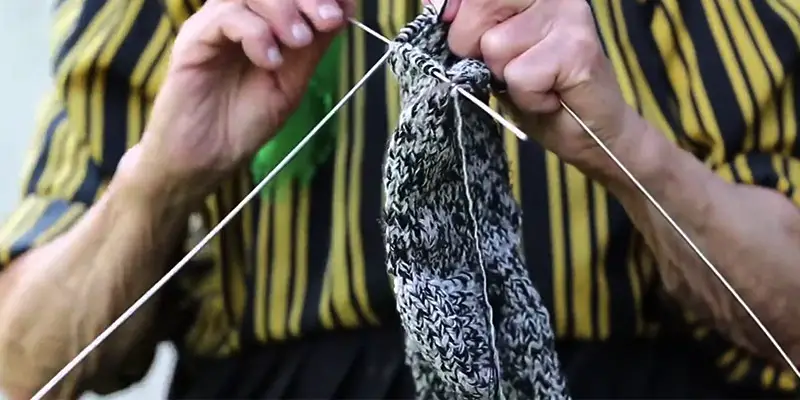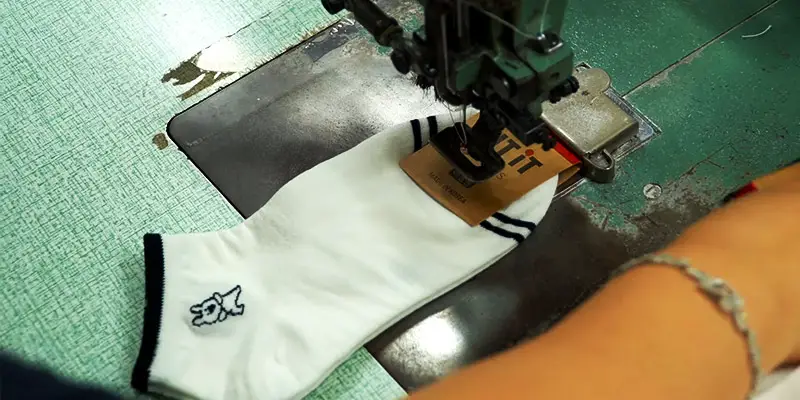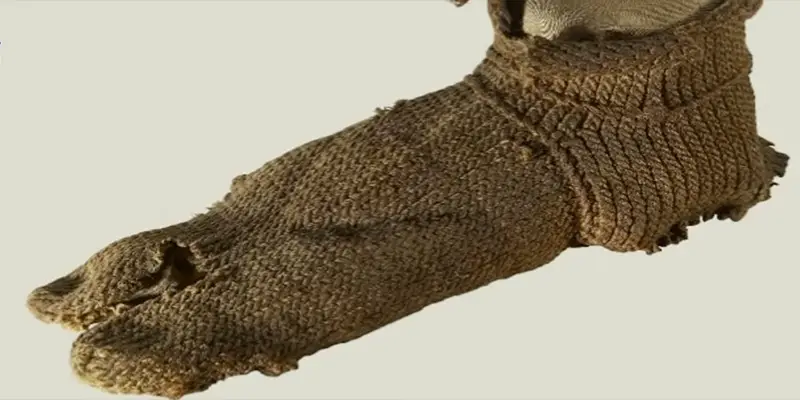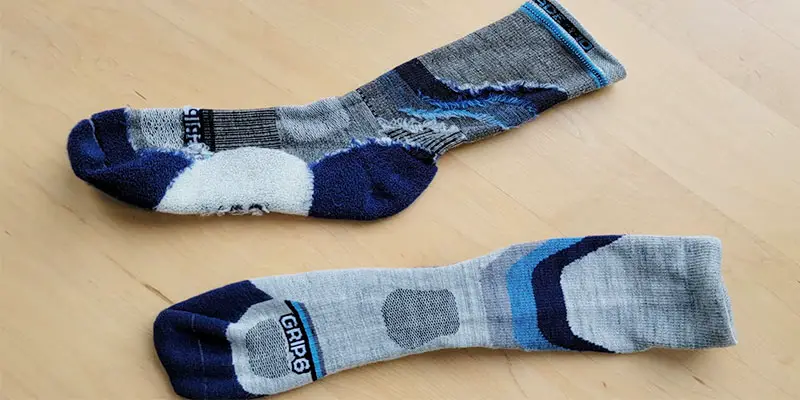Hi, I'm Christopher Bevans, the creator of SocksWiki.com. With a background in fashion design and a passion for innovation, I’m here to share my knowledge on socks from troubleshooting tips to detailed buying guides. I believe the right pair of socks can make all the difference, and through this site, I aim to help you find the perfect fit for every occasion.
Hi, I'm Christopher Bevans, the creator of SocksWiki.com. With a background in fashion design and a passion for innovation, I’m here to share my knowledge on socks from troubleshooting tips to detailed buying guides. I believe the right pair of socks can make all the difference, and through this site, I aim to help you find the perfect fit for every occasion.
The term “socks” has a fascinating history that stretches back to ancient civilizations. Derived from the Latin word “soccus,” which describes a type of soft shoe, socks have been a staple in footwear for centuries.
They serve not only as a practical accessory, providing comfort and protection for the feet, but also as a distinct category of clothing.
The evolution of the word “sock” reflects both linguistic changes and cultural influences, illustrating how this simple item has been an integral part of human attire across different societies and eras.
5 Reasons Why Are Socks Called Socks
The word “socks” has an interesting etymology and history.
Here are 5 reasons why socks are called socks:
1. Etymology from “Soccus”

The origin of the word “sock” is rooted in the Latin term “soccus,” which described a type of low-heeled slipper or loose shoe worn in ancient Rome and Greece.
These “soccus” were typically made from soft materials like leather or cloth and were easy to slip on and off.
The primary function of the “soccus” was to provide a comfortable layer between the foot and the ground or harder footwear, similar to how modern socks serve as a comfortable and protective layer between the foot and shoes.
This historical connection between “soccus” and modern socks illustrates how the basic concept of foot coverings has remained consistent over time, even as materials and designs have evolved.
2. Function and Form
Socks serve several practical purposes, such as providing warmth, absorbing sweat, and protecting the feet from blisters and chafing caused by friction with shoes.
The design of socks has remained relatively consistent in terms of their function: they are typically tubular, made from soft and elastic materials, and designed to cover the foot and part of the lower leg.

The use of the word “sock” to describe these items highlights their functional role as a simple, practical foot covering.
The softness and flexibility of socks also make them distinct from more rigid types of footwear, emphasizing their role in comfort and protection.
3. Linguistic Evolution
Language constantly evolves, and the word “sock” is no exception. The transition from the Latin “soccus” to the Old English “socc” and eventually to the modern English “sock” reflects a natural linguistic evolution.
As words travel across different cultures and languages, they often undergo changes in pronunciation, spelling, and meaning.
The term “sock” has been relatively stable in English, maintaining its connection to the concept of a soft, comfortable foot covering.
This linguistic stability suggests that the basic idea of a “sock” has been a consistent and important concept in daily life for centuries.

4. Cultural Transmission
The spread of the Roman Empire facilitated the dissemination of Roman culture, including fashion and clothing terminology.
As Romans interacted with different cultures, they influenced local languages and customs. The adoption of the term “soccus” and its variations into various languages likely resulted from this cultural exchange.
In English, the term evolved into “sock,” while other languages have their own variations, such as “chaussure” in French for shoes, which is derived from the Latin “calceus.”
The use of “sock” in English demonstrates the lasting impact of Roman culture and language on the vocabulary of everyday items.

5. Differentiation from Other Footwear
The word “sock” helps to clearly differentiate this type of foot covering from other types of footwear.
Unlike shoes, which provide structural support and protection from external elements, or sandals, which offer ventilation, socks are primarily designed for comfort and hygiene.
They are typically made from fabrics like cotton, wool, or synthetic blends, which can wick away moisture and provide a comfortable fit.
The specific term “sock” allows people to distinguish these soft, flexible coverings from other types of footwear, highlighting their unique role in foot care and comfort.
Frequently Asked Questions
Why Do Humans Wear Socks?
Humans wear socks for comfort, hygiene, warmth, protection and support.
When Did Humans Start Wearing Socks?
Humans started wearing socks dating back to around the 3rd to 6th centuries AD, were found in Egypt and were made using a technique called nålbinding, which predates knitting.

Hi, I'm Christopher Bevans, the creator of SocksWiki.com. With a background in fashion design and a passion for innovation, I’m here to share my knowledge on socks from troubleshooting tips to detailed buying guides. I believe the right pair of socks can make all the difference, and through this site, I aim to help you find the perfect fit for every occasion.
- Latest Posts by Christopher Bevans
-
What Socks to Wear With Cowboy Boots?
- -
Grip Socks vs Regular Socks: Which One Should Wear?
- -
Are White or Black Socks Better: Comfort, Style, and Function
- All Posts


